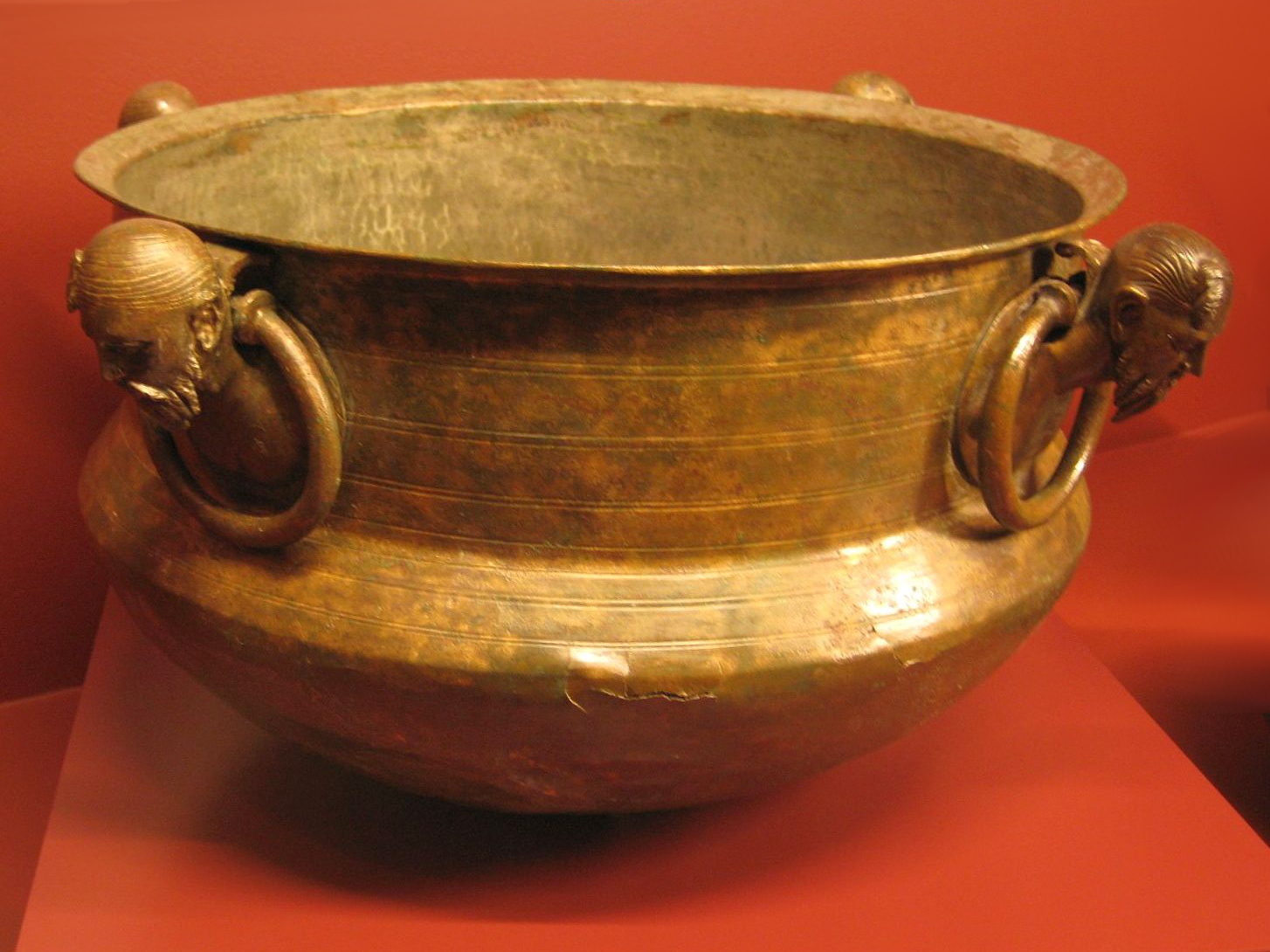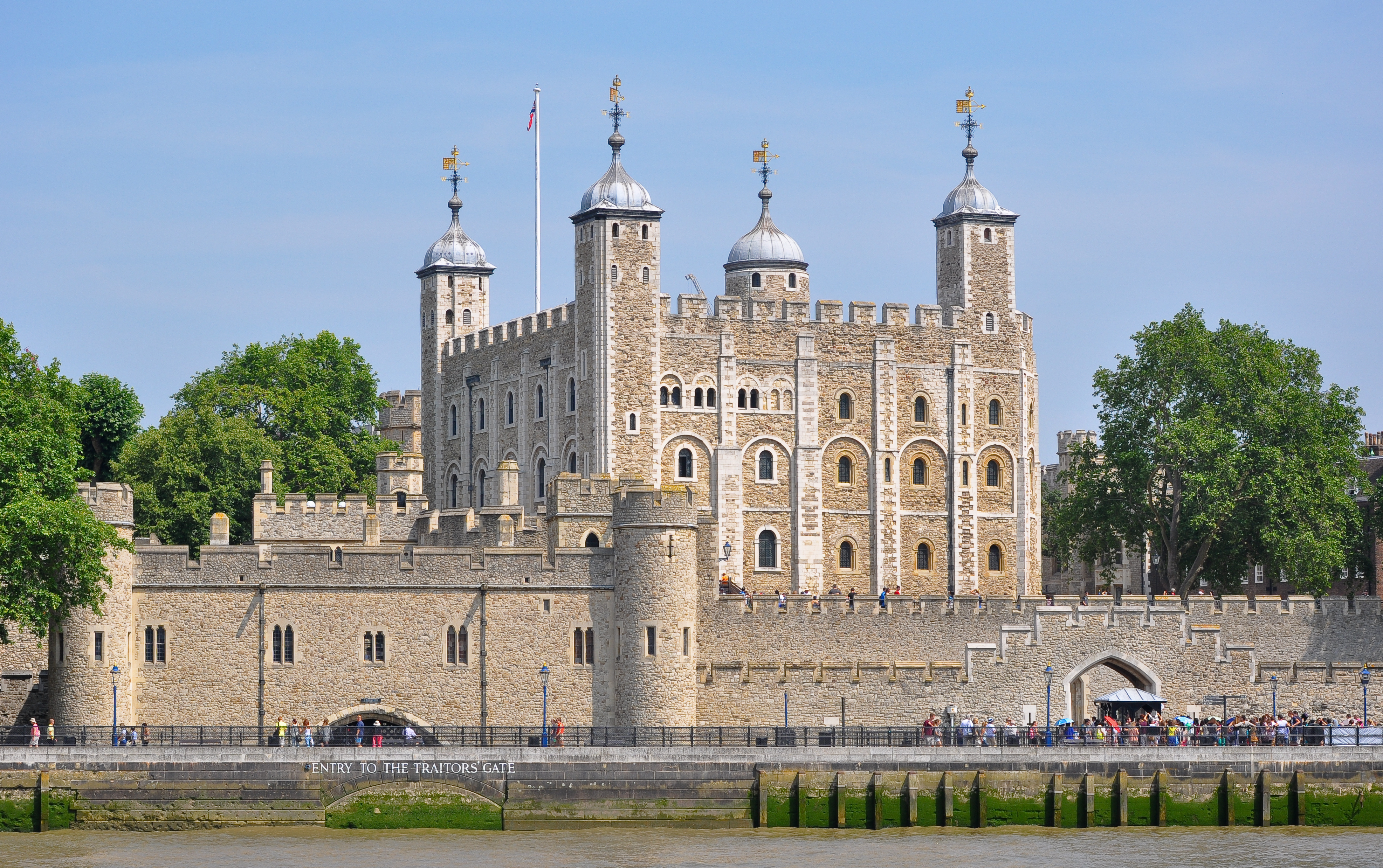|
Burgstall
A ''burgstall'' is a German term referring to a castle of which so little is left that its appearance cannot effectively be reconstructed.''Burgstall'' in the ''Adelung'' at lexika.digitale-sammlungen.de It has no direct equivalent in English, but may be loosely translated as "castle site". Variations in the literature include ''Burgstelle'', ''Altburgstelle'', ''die Burgställe'' (plural), ''Burgstähl'' (archaic) or ''abgegangene Burg'' ("lost castle"). In German castle studies, a ''burgstall'' is a castle that has effectively been levelled, whereas a "ruin" (''Ruine'') still has recognisable remnants of the original castle above the level of the ground. Definitions The word ''burgstall'' is of medieval origin and comes from ''Burg'' = "castle" and ''Stelle'' = "plac ...[...More Info...] [...Related Items...] OR: [Wikipedia] [Google] [Baidu] |
Burgstall Schlosshügel
The Burgstall of Schlosshügel near Weidenberg is a lost hill castle or circular rampart site of the type known as a motte from the Early Middle Ages. It lies on the southern perimeter of the Fichtel Mountains at a height of 699 metres above sea level (NN) above the village of Sophienthal, which is part of the market borough of Weidenberg in the Upper Franconia county of Bayreuth in Bavaria. The '' burgstall'' or lost castle site was partly investigated by means of an archaeological test excavation and was also mapped several times in the past. History No records of the castle site have been found and nor is its name known. It could be the fortress listed as ''"Gurtstein mitsamt dem Walde"'' ("Gurtstein including the woods") mentioned from 1412 in deeds of enfeoffment.Joachim Kröll: ''Die Geschichte des Marktes Weidenberg.'' 1967, p. 52 What is known is that a tower was built on strategically favourable high ground in order to observe the surrounding area with line-of-si ... [...More Info...] [...Related Items...] OR: [Wikipedia] [Google] [Baidu] |
Mušov
Mušov (german: Muschau) is a cadastral area and a defunct village in the municipality of Pasohlávky, South Moravian Region, Czech Republic. It covers an area of . Geography and history Mušov was the lowest-lying village in the Břeclav District. The village was destroyed despite the opposition of its inhabitants in the late 1970s, due to the decision of the then socialist authorities to build the Nové Mlýny reservoirs by flooding a unique ecosystem of the riparian forest in the area around the river Thaya. In 1976, the village was merged with the neighbouring municipality of Pasohlávky. The residents of Mušov could choose whether they wanted an apartment or to build a house in a newly built street in Pasohlávky. The village was flooded between 1981 and 1987. The post office in Mušov was last opened on 30 June 1978. Thanks to the efforts of conservationists, it was decided to preserve the medieval St Leonard's church, now standing on a small island in the middle of th ... [...More Info...] [...Related Items...] OR: [Wikipedia] [Google] [Baidu] |
Weidenberg
Weidenberg is a municipality in the district of Bayreuth in Bavaria in Germany. The Ölschnitz river discharges near Weidenberg-Neunkirchen into the Red Main. Nearby is the site of a medieval castle, known as Burgstall Schlosshügel The Burgstall of Schlosshügel near Weidenberg is a lost hill castle or circular rampart site of the type known as a motte from the Early Middle Ages. It lies on the southern perimeter of the Fichtel Mountains at a height of 699 metres above se .... References Bayreuth (district) {{Bayreuthdistrict-geo-stub ... [...More Info...] [...Related Items...] OR: [Wikipedia] [Google] [Baidu] |
Uhlenburg
Uhlenburg is the site (''Burgstall'') of a lowland castle that was built in the 14th century close to the River Aller near Essel in the German state of Lower Saxony. This Late Middle Ages aristocratic seat only existed for a few decades towards the end of the 14th century and was destroyed by force in 1393/94. Location The castle site lies roughly a kilometre east of Essel and about 1 km north of Buchholz (Aller) in the flood plain of the Aller valley at a height of 25 m above N.N. The site is located in a loop of the river, about 250 m from the Aller itself. The former castle terrain, like the rest of the wide valley is extensively used as pasture. Description Uhlenburg consisted of a small inner ward and a large outer ward that adjoined its northern side. The almost square inner bailey was built on a motte with sides some 30 metres long. Today it only has a height of about 1.5 metres and a pond borders it to the south. In 2004 the banks of the pond were reinforce ... [...More Info...] [...Related Items...] OR: [Wikipedia] [Google] [Baidu] |
Castle
A castle is a type of fortified structure built during the Middle Ages predominantly by the nobility or royalty and by military orders. Scholars debate the scope of the word ''castle'', but usually consider it to be the private fortified residence of a lord or noble. This is distinct from a palace, which is not fortified; from a fortress, which was not always a residence for royalty or nobility; from a ''pleasance'' which was a walled-in residence for nobility, but not adequately fortified; and from a fortified settlement, which was a public defence – though there are many similarities among these types of construction. Use of the term has varied over time and has also been applied to structures such as hill forts and 19th-20th century homes built to resemble castles. Over the approximately 900 years when genuine castles were built, they took on a great many forms with many different features, although some, such as curtain walls, arrowslits, and portcullises, wer ... [...More Info...] [...Related Items...] OR: [Wikipedia] [Google] [Baidu] |
Slighted
Slighting is the deliberate damage of high-status buildings to reduce their value as military, administrative or social structures. This destruction of property sometimes extended to the contents of buildings and the surrounding landscape. It is a phenomenon with complex motivations and was often used as a tool of control. Slighting spanned cultures and periods, with especially well-known examples from the English Civil War in the 17th century. Meaning and use Slighting is the act of deliberately damaging a high-status building, especially a castle or fortification, which could include its contents and the surrounding area. The first recorded use of the word 'slighting' to mean a form of destruction was in 1613. Castles are complex structures combining military, social, and administrative uses, and the decision to slight them took these various roles into account. The purpose of slighting was to reduce the value of the building, whether military, social, or administrative. De ... [...More Info...] [...Related Items...] OR: [Wikipedia] [Google] [Baidu] |
Bavaria
Bavaria ( ; ), officially the Free State of Bavaria (german: Freistaat Bayern, link=no ), is a state in the south-east of Germany. With an area of , Bavaria is the largest German state by land area, comprising roughly a fifth of the total land area of Germany. With over 13 million inhabitants, it is second in population only to North Rhine-Westphalia, but due to its large size its population density is below the German average. Bavaria's main cities are Munich (its capital and largest city and also the third largest city in Germany), Nuremberg, and Augsburg. The history of Bavaria includes its earliest settlement by Iron Age Celtic tribes, followed by the conquests of the Roman Empire in the 1st century BC, when the territory was incorporated into the provinces of Raetia and Noricum. It became the Duchy of Bavaria (a stem duchy) in the 6th century AD following the collapse of the Western Roman Empire. It was later incorporated into the Holy Roman Empire, ... [...More Info...] [...Related Items...] OR: [Wikipedia] [Google] [Baidu] |
Bad Boll
Bad Boll is a municipality in the district of Göppingen in Baden-Württemberg, Germany. History In 1321, the County of Württemberg purchased title over Bad Boll and came to possess it ''de jure'', but it was ''de facto'' still controlled by a local priory. That changed with the conversion of the then Duchy of Württemberg to Lutheranism and the seizure of church property. Since 1321, Bad Boll has been placed under the jurisdiction of Göppingen. The hot springs around Bad Boll were discovered in 1595. A year later, the first spa in the municipality was constructed by . That spa was rebuilt and expanded from 1823 to 1825. Eckwälden was incorporated into Bad Boll in 1933. The first Evangelical Academy in Germany was established in Bad Boll in 1945. Bad Boll changed its name from Boll to Bad Boll in 2007. Geography The municipality ('' Gemeinde'') of Bad Boll is found towards the western periphery of the district of Göppingen in Baden-Württemberg, one of the 16 States of th ... [...More Info...] [...Related Items...] OR: [Wikipedia] [Google] [Baidu] |
Landsöhr Castle
Landsöhr Castle (german: Burg Landsöhr), also called Landseer Castle (''Burg Landseer'') or Bertaburg, is a lost spur castle on a northern spur, , of the Kornberg near Bad Boll in the county of Göppingen in Baden-Württemberg. The castle was probably built during the Celtic period as a refuge castle. The present ''burgstall'' only consists of two hollows between which the castle was probably located. In the 12th century Berta von Boll, a sister of King Conrad III Conrad III (german: Konrad; it, Corrado; 1093 or 1094 – 15 February 1152) of the Hohenstaufen dynasty was from 1116 to 1120 Duke of Franconia, from 1127 to 1135 anti-king of his predecessor Lothair III and from 1138 until his death in 1152 k ..., is supposed to have had her dower seat here. at stauferstelen.net, retrieved 13 December 2013. R ...
|
Grethem
Grethem is a municipality in the district of Heidekreis, in Lower Saxony, Germany Germany, officially the Federal Republic of Germany (FRG),, is a country in Central Europe. It is the most populous member state of the European Union. Germany lies between the Baltic and North Sea to the north and the Alps to the sou .... References Heidekreis {{SoltauFallingbostel-geo-stub ... [...More Info...] [...Related Items...] OR: [Wikipedia] [Google] [Baidu] |




